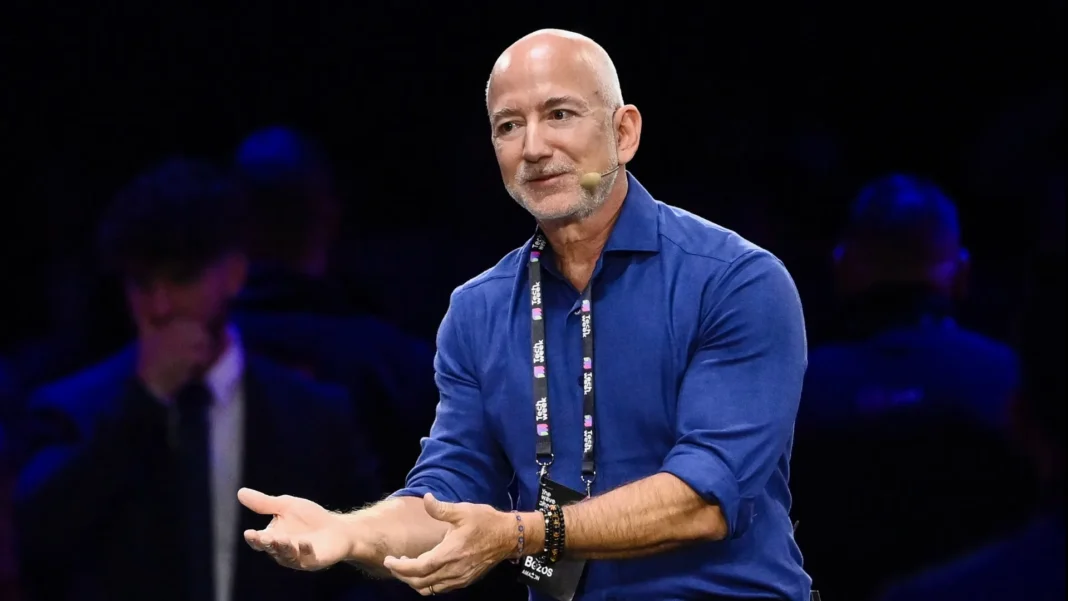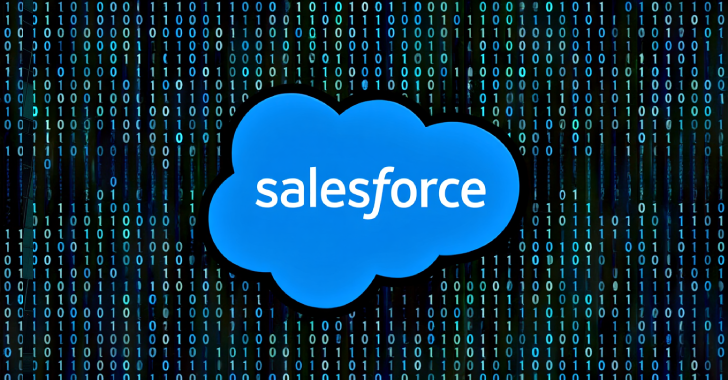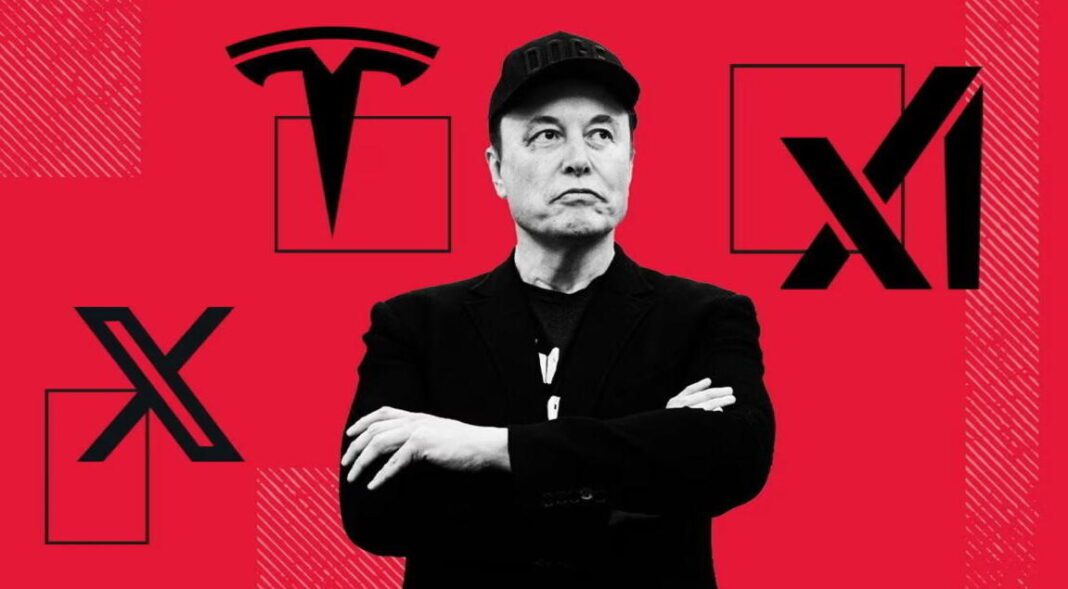Amazon founder and executive chair Jeff Bezos has forecasted that gigawatt-scale data centers will be constructed in space within the next 10 to 20 years, predicting they will eventually surpass Earth-based facilities due to uninterrupted solar energy and efficient cooling. Speaking at the Italian Tech Week in Turin on October 3, 2025, Bezos highlighted how orbital data centers could address the growing power demands of AI training clusters, which require massive computational resources without weather interruptions or atmospheric limitations. For tech innovators, space industry experts, and AI infrastructure watchers searching Jeff Bezos space data centers, orbital AI computing 2025, or Bezos Italian Tech Week prediction, this vision—shared during a conversation with Ferrari and Stellantis Chairman John Elkann—builds on Blue Origin’s advancements and positions space as the next frontier for hyperscale computing. Bezos emphasized that while the AI surge resembles past industrial bubbles, its benefits will be “gigantic” and broadly diffused across society.
Bezos’ comments come amid a global data center boom, with AI workloads projected to consume 8% of electricity by 2030, driving innovations in off-world infrastructure.
Bezos’ Prediction: Space as the Ultimate Data Center Frontier
Bezos envisions “giant training clusters” for AI—capable of generating gigawatts of power—being built in orbit, where constant solar exposure eliminates cloud cover, rain, or weather disruptions. “We have solar power there, 24/7,” he said, noting that space-based facilities could become cost-competitive with terrestrial ones “in the next couple of decades.” Natural cooling in vacuum—through radiative heat dissipation—would further enhance efficiency, addressing Earth’s water and energy constraints for hyperscalers like AWS.
This aligns with Bezos’ long-term space ambitions via Blue Origin, which is developing reusable rockets to lower launch costs. Early prototypes, like Axiom Space’s Data Center Unit One on the ISS in August 2025, demonstrate feasibility, though scaling to gigawatt levels remains years away.
| Advantage | Space-Based Data Centers | Earth-Based Challenges |
|---|---|---|
| Power Source | Uninterrupted Solar (24/7) | Weather, Grid Limits |
| Cooling | Natural Radiative in Vacuum | Water/Energy Intensive |
| Scalability | Orbital Expansion | Land/Water Scarcity |
| Cost Timeline | Competitive in 10-20 Years | Current Dominance |
Context: AI’s Power Hunger and Industrial Bubbles
Bezos tied the prediction to the AI boom, comparing it to the early 2000s internet surge and 1990s biotech bubble. “People get very excited… every experiment or idea gets funded, the good ideas and the bad ideas,” he said, acknowledging speculation but urging optimism: “AI is real, and it is going to change every industry. The benefits to society from AI are going to be gigantic.” He stressed decorrelating bubbles from reality, as past bursts led to enduring innovations like life-saving drugs.
This resonates amid AI’s energy demands: Data centers could consume 1,000 TWh globally by 2026, equivalent to Japan’s annual usage. Space offers a solution, but challenges include launch costs ($2,000/kg via Starship) and maintenance.
Implications: A New Era for Computing and Space Tech
Bezos’ forecast could:
- Transform AI: Enable exascale training without Earth’s constraints.
- Boost Blue Origin: Drive reusable rocket demand for orbital payloads.
- Spark Investment: Attract hyperscalers like Microsoft and Google to space ventures.
Experts like those at Tom’s Hardware note viability hinges on cost reductions, but agree space cooling and solar make it “logical.”
Conclusion: Bezos’ Orbital Computing Dream
Jeff Bezos’ vision of data centers in space within two decades is an audacious bet on AI’s insatiable hunger, promising efficiency gains from solar and vacuum tech. As bubbles form, his optimism endures: “The benefits… will go everywhere.” For the industry, it’s a cosmic call—will orbit outcompute Earth? The launches loom. TOI



